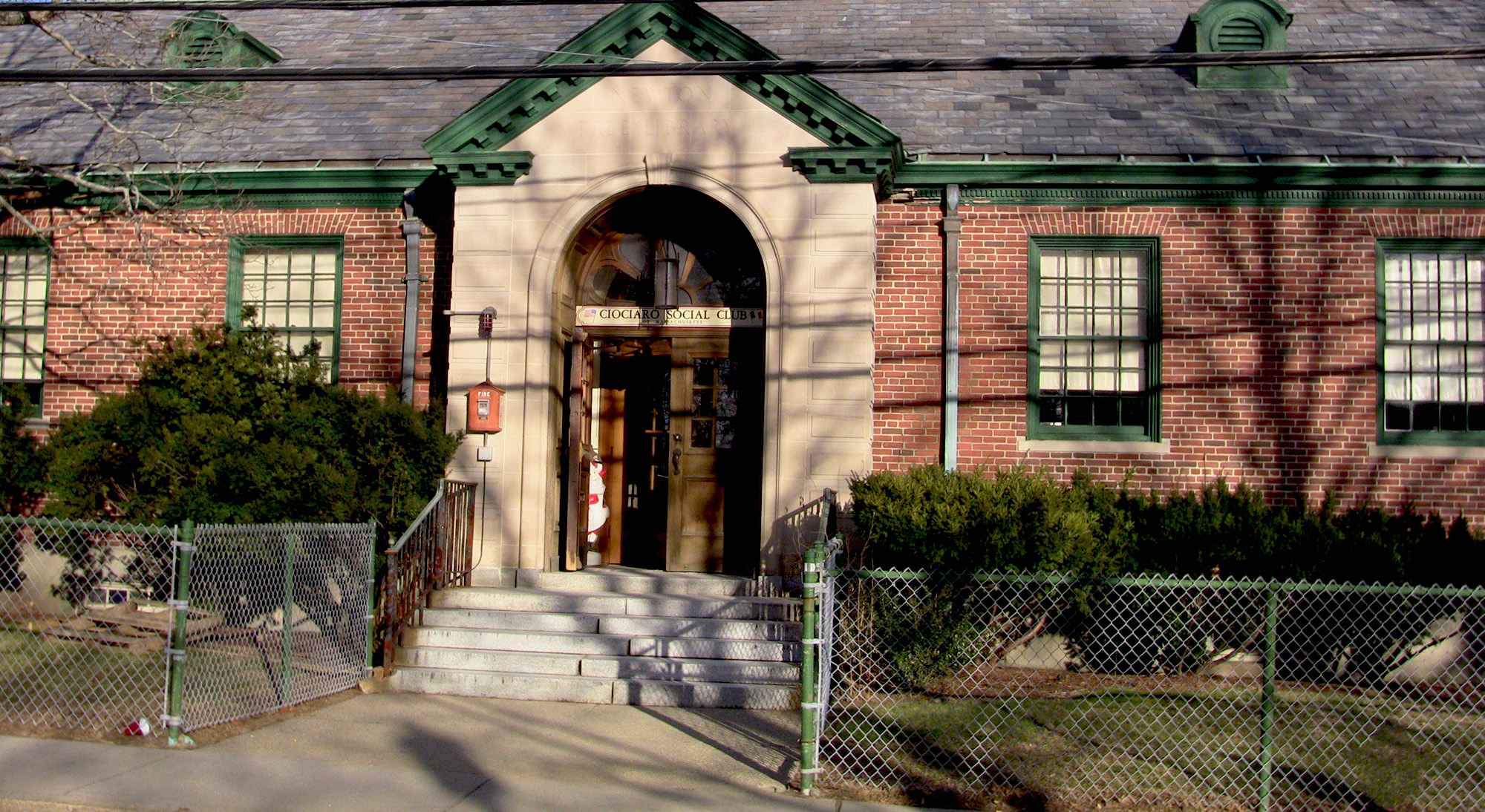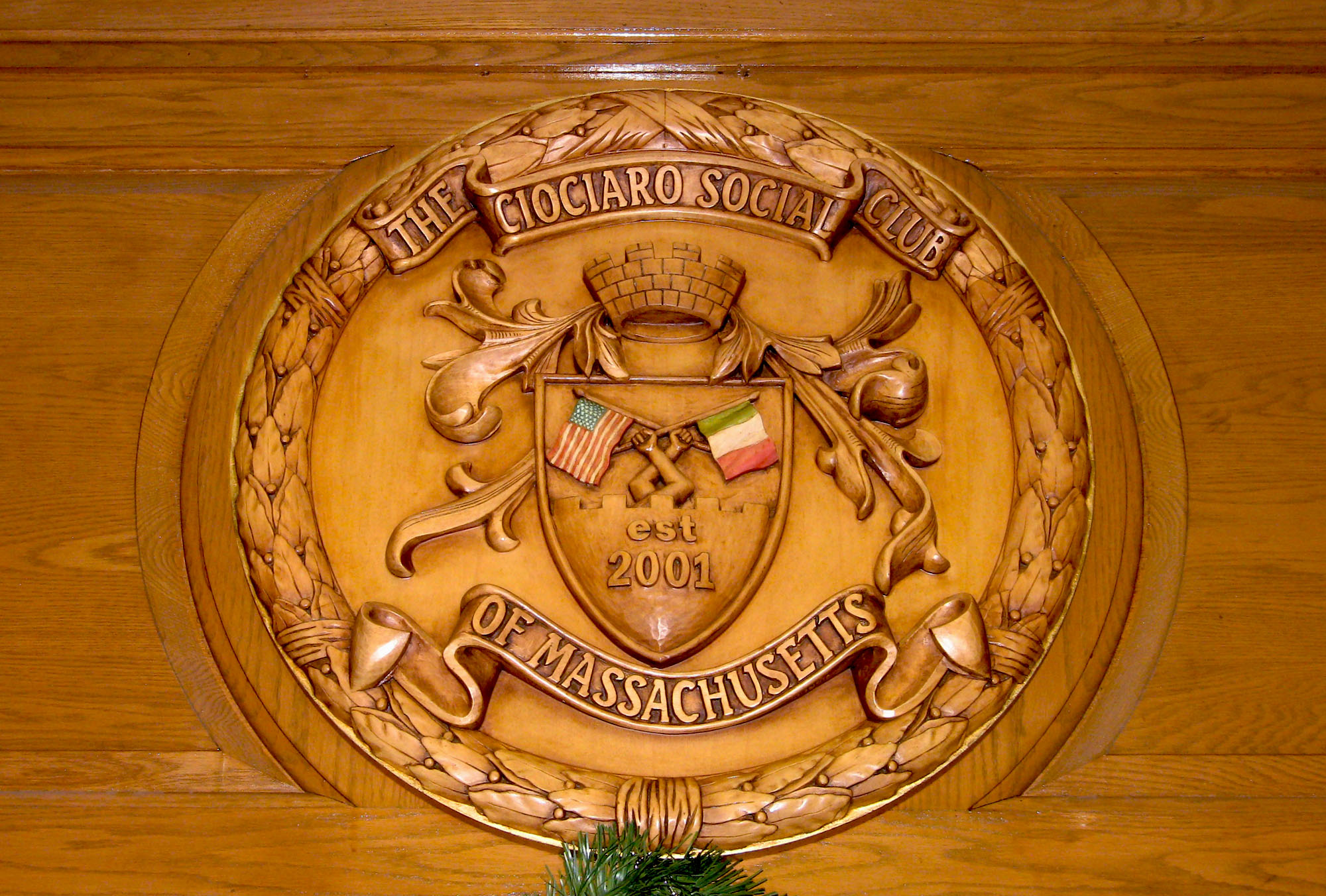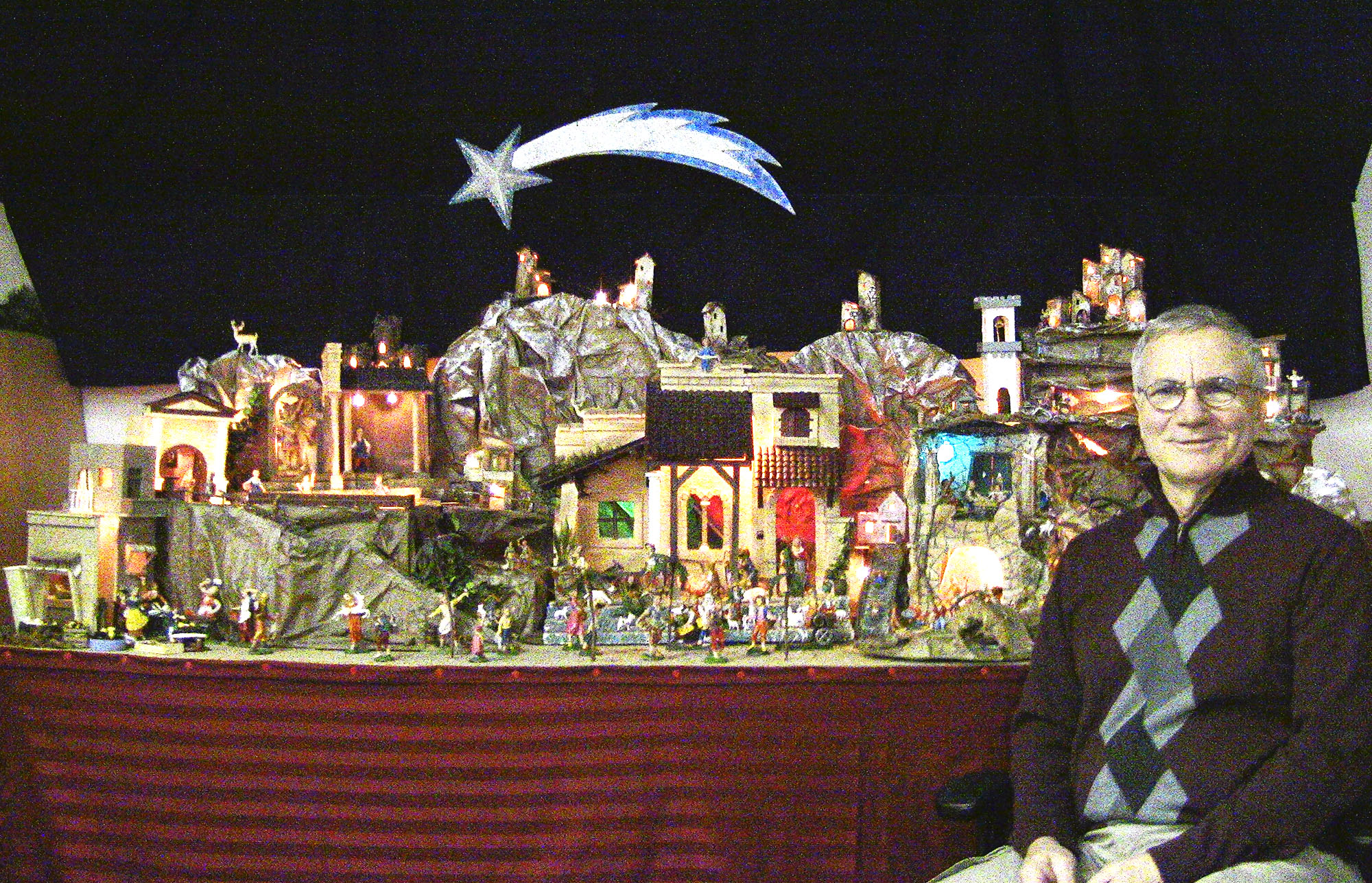Power of Culture Blog
Grants for Creative Individuals Now Available
Apply by Oct. 28, 2025 for unrestricted grants of $5,000 to artists, culture bearers, and creative practitioners
Maggie Holtzberg, Folklorist

Several years ago, I noticed a hand-crafted sign above the door of a small public library. The building is located in heart of Nonantum, an Italian American neighborhood in Newton, Massachusetts.

Curious, I found my way to Lucia Diduca, who is a co-founder of the Ciociaro Social Club. Established in 2001, the club unites the large Italian-American community in the Boston area through social, cultural, and philanthropic activities. Classes are offered in both spoken and written Italian. Folk dancing is taught by the local group Ricordi d’Italia, which has been active since the 1970s.
Lucia was born in Batima in the Valle de Camino, a place she and her husband return annually to visit. Last December, Lucia invited me to attend the club’s annual La Befana Celebration, held on the weekend of Ephiphany. The name of this Italian Christmas tradition is derived from the word epifania – the Italian name for the religious festival of the Epiphany. At the center of the legend is an old woman with magical powers, who brings gifts to the children of Italy on the eve of Epiphany. As the story goes, La Befana has lost her own child and husband and is searching for the Christ child to bring him gifts. Alas, she never finds him, but each year continues to search. Children in Italy write notes to La Befana, telling her what presents they long to receive. “They may end up with a lump of coal in their stockings if they haven’t been good.”
I arrived around 3:00 p.m. and Lucia was there to greet me at the door. It was noisy in the room. Children were playing games, there was a D.J. playing loud music. At the back was an opening through which I spotted a large nativity scene, known in Italian as a presepio.

Lucia introduced me to its maker, Enrico Carrieri. He and his wife emigrated from Naples, Italy in 1967. Enrico has been making nativities since he was a youngster. He talked about the nativity scene in front of us, “Everyone is home. On Christmas Eve, at midnight, the youngest person in the house places baby Jesus in the crèche. The animals all keep the Christ child warm – on each day following, a gift is given to the magi.”
Leona Bartolomucci, who was born in this country, joins our conversation. “In the old days, the nativity was a big deal. The story is that La Befana lived in a mountain village of Abruzzi. The legend is of an elderly single woman who made dolls whittled in wood. She spun yarn and baked. She would go to the houses of the poor, giving them baked goods. She flies on a broom. The mask here in the US is more scary, in Italy, less so.”
As all await the arrival of La Befana, the emcee asks the children to gather around as she introduces a young woman who reads La Befana story from a picture book. This takes about 20 minutes. Then, the emcee engaged the children in a conversation about La Befana, who was apparently late. Suddenly, there was hushing, followed by the announcement that La Befana has arrived!
There she was, in ragged clothing, a burlap shawl, a broomstick, a kerchief on her head, and a pretty frightening mask, with a large nose that lit up red every few seconds. As she was greeted and made her way to the children, two really young ones were alarmed and started to cry. Parents came to comfort them. The rest of the children were fully engaged as La Befana sat down and spoke to them in Italian, with the emcee translating. Eventually, they instructed the children to line up to meet her and receive a treat.
Once everyone had received their stocking and had their photo taken, everyone’s attention was directed to a presentation of folk dances by Ricordi d’Italia.
This blog post originally appeared on our Keepers of Tradition blog on December 12, 2012.